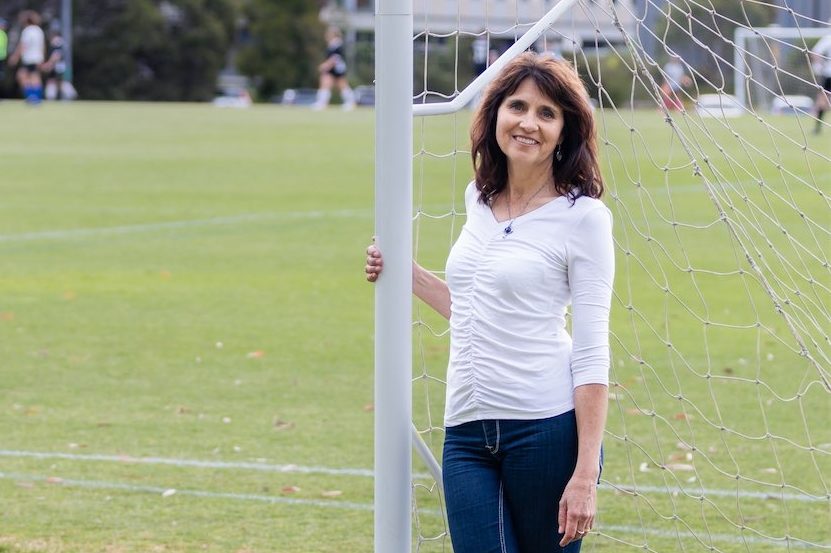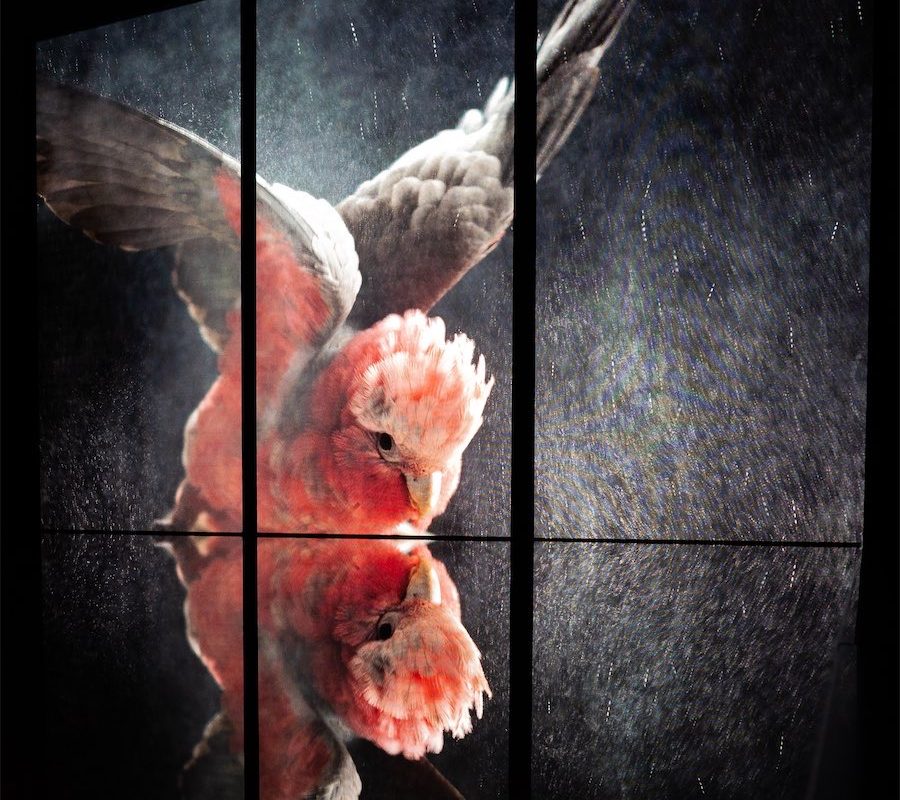
“ANOTHER Day in Paradise” is the first major exhibition of works by Myuran Sukumaran, whose brutal fate shocked Australia.
An opening event at Tuggeranong Arts Centre included talks by Deputy Opposition leader Tanya Plibersek, Sukumaran’s brother (Chinthu) and artist Ben Quilty (a close friend and mentor). The speakers relayed personal accounts and spoke of the broader issues surrounding his art and its political legacy.
Sukumaran was arrested in Indonesia in 2005 for his role in a heroin smuggling ring, which became known infamously as the “Bali 9”. Following years of incarceration at Bali’s Kerobokan Prison, a lengthy trial and multiple appeals, he was executed by a firing squad in April 2015. It became an event of Australian national interest and emotion, raising questions regarding the reformative justice system, capital punishment, the ugly affectations of nationalism and the cultural and political rifts between Indonesia and Australia at that time.

On entering the space, one encounters groups of works – mainly portraiture – that provide insight into Sukumaran’s personal story. One suite, titled “Family and Friends”, profiles his close relatives. Another series, consisting of nine paintings, feature the puppet masters who held Sukumaran’s life in the balance, including politicians such as Indonesian President Joko Widodo and former Australian Prime Ministers.
These nine highly political paintings are mirrored on an adjoining wall by nine portraits of the co-accused Bali smugglers, including his companion Andrew Chan.

“72 hours” comprises Sukumaran’s final output of work completed at the execution island Nusa Kambangan, in the few days leading up to his death. It’s difficult to comprehend how he would have felt painting these works and hard to think of any other circumstance like it. But as Quilty explained: “Myuran was on a mission to learn how to harness his visual language, and in the last 72 hours you got the sense that he was on fire.”
His final painting is an Indonesian flag smeared with red paint – it hangs from the ceiling and is signed by those executed on the same day. The symbolism is clear and so too is the plea for humanity. These are wonderful paintings. They have a real connection to life. They are so far away from the “iconic” landscapes of earth dotted with sheep that Australian art too often celebrates.
Sukumaran’s paintings connect with the true and deep history of art in this world and in a way that perhaps even evokes a time where aesthetics were not the all and everything of images. Rather what is inscribed on the surfaces of his canvases are the essentials of human response to what was happening around him. And of course Ben Quilty, whose own paintings are stylistically connected to what Sukumaran has produced, has achieved so much by filling the last moments of a fellow human’s once-only life.
“Another Day in Paradise” is complemented by several commissioned works from other artists that respond to Sukumaran’s oeuvre and explore issues such as the death penalty and human rights.
Who can be trusted?
In a world of spin and confusion, there’s never been a more important time to support independent journalism in Canberra.
If you trust our work online and want to enforce the power of independent voices, I invite you to make a small contribution.
Every dollar of support is invested back into our journalism to help keep citynews.com.au strong and free.
Thank you,
Ian Meikle, editor




Leave a Reply